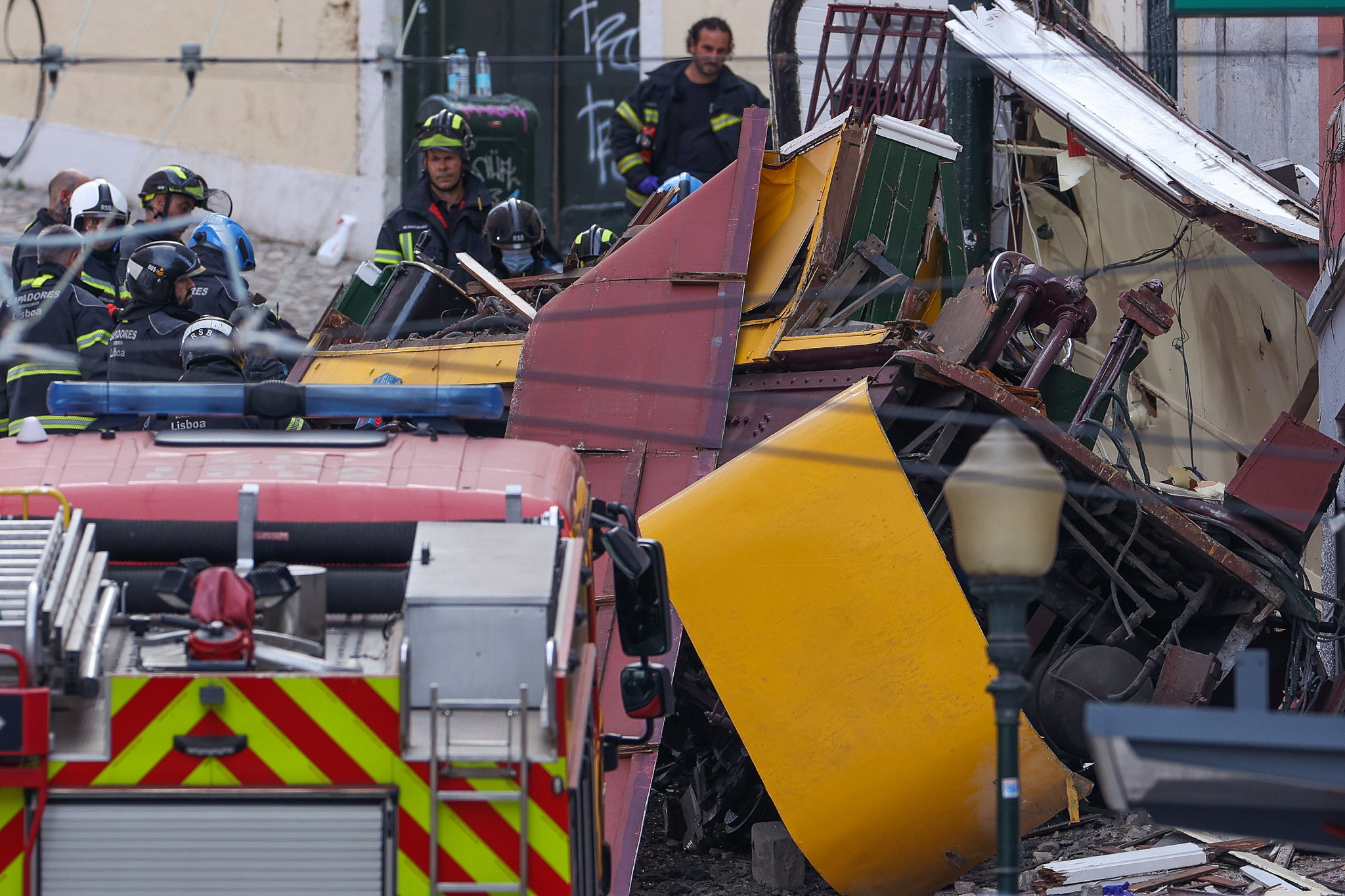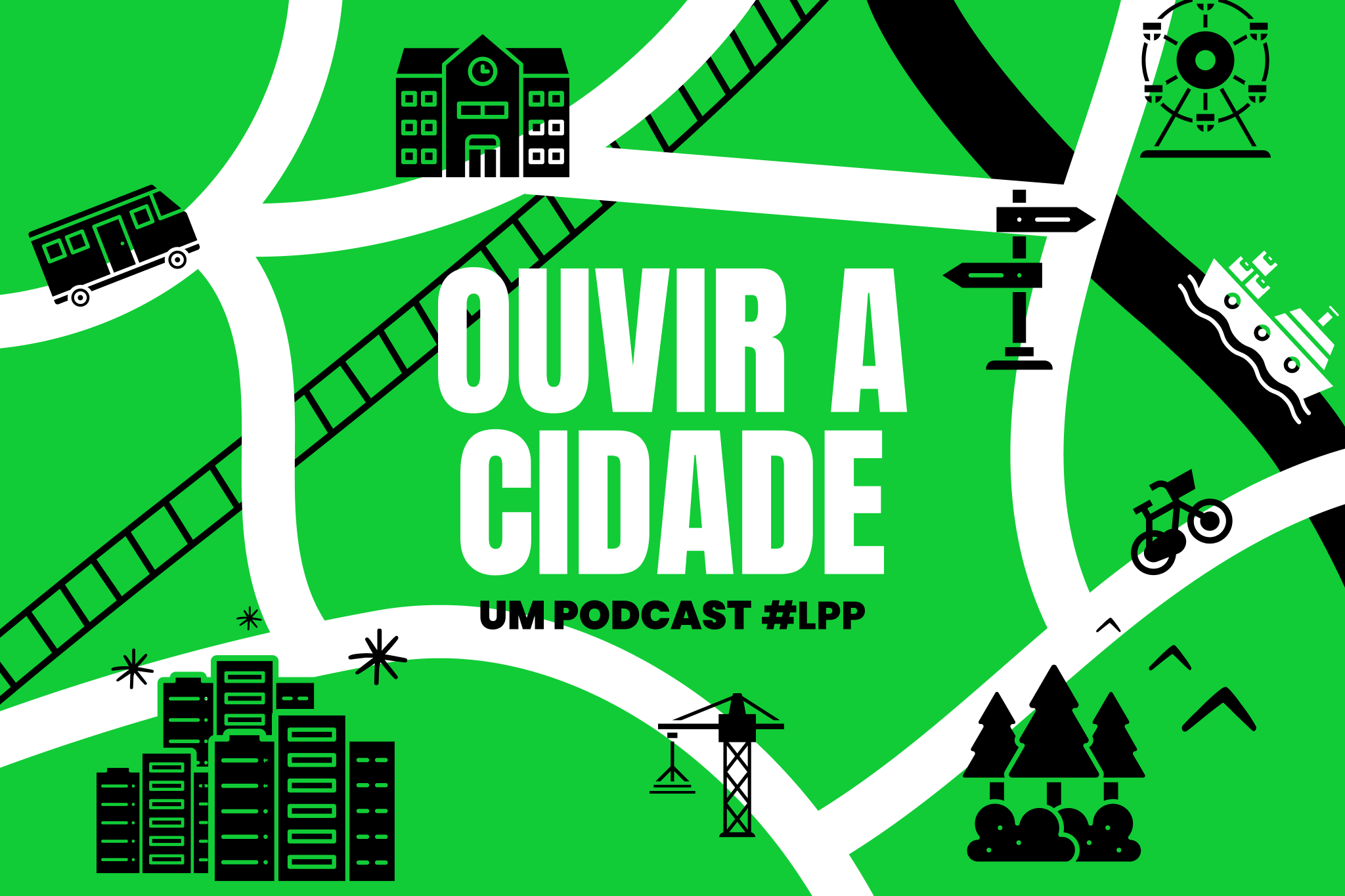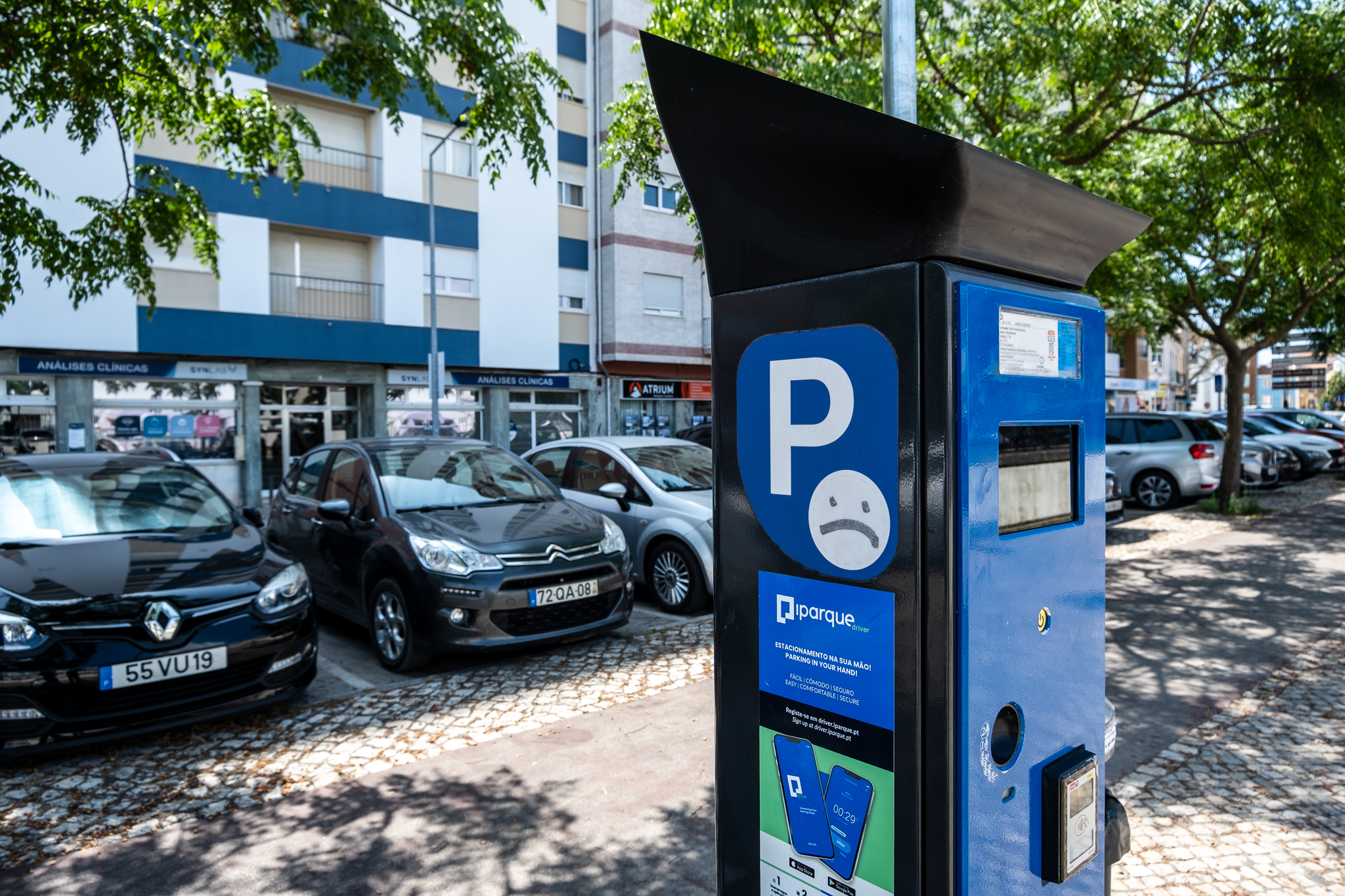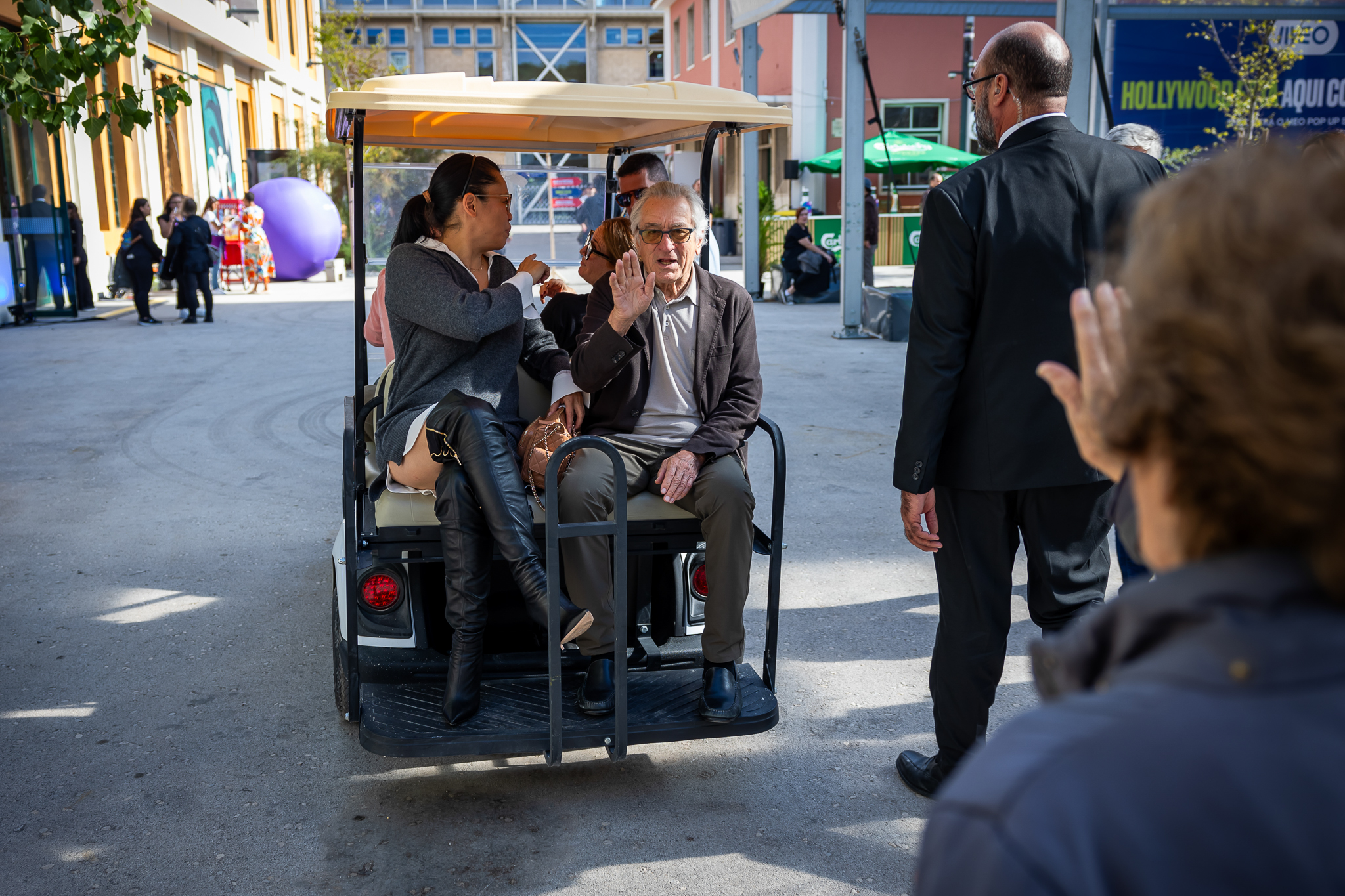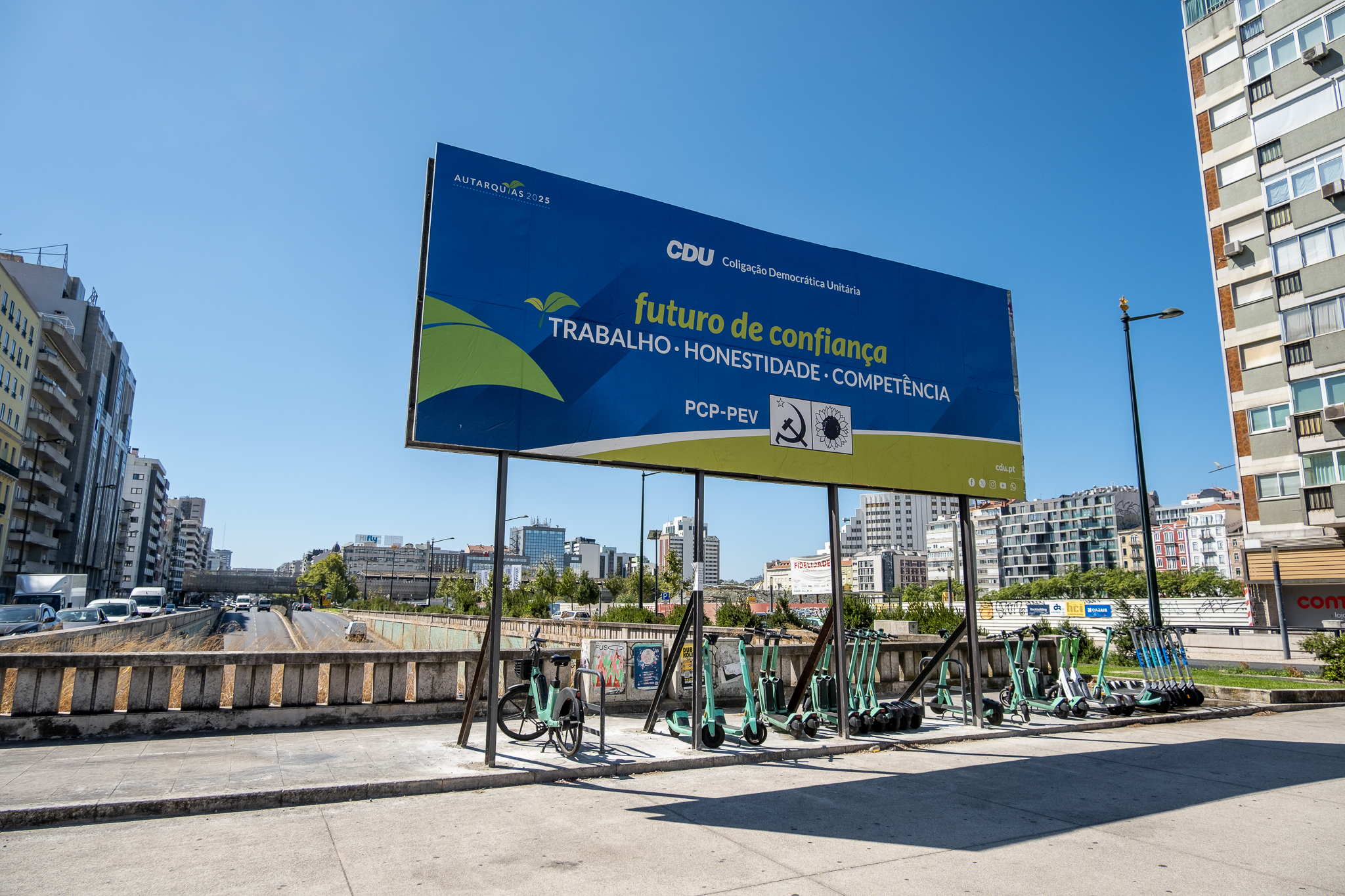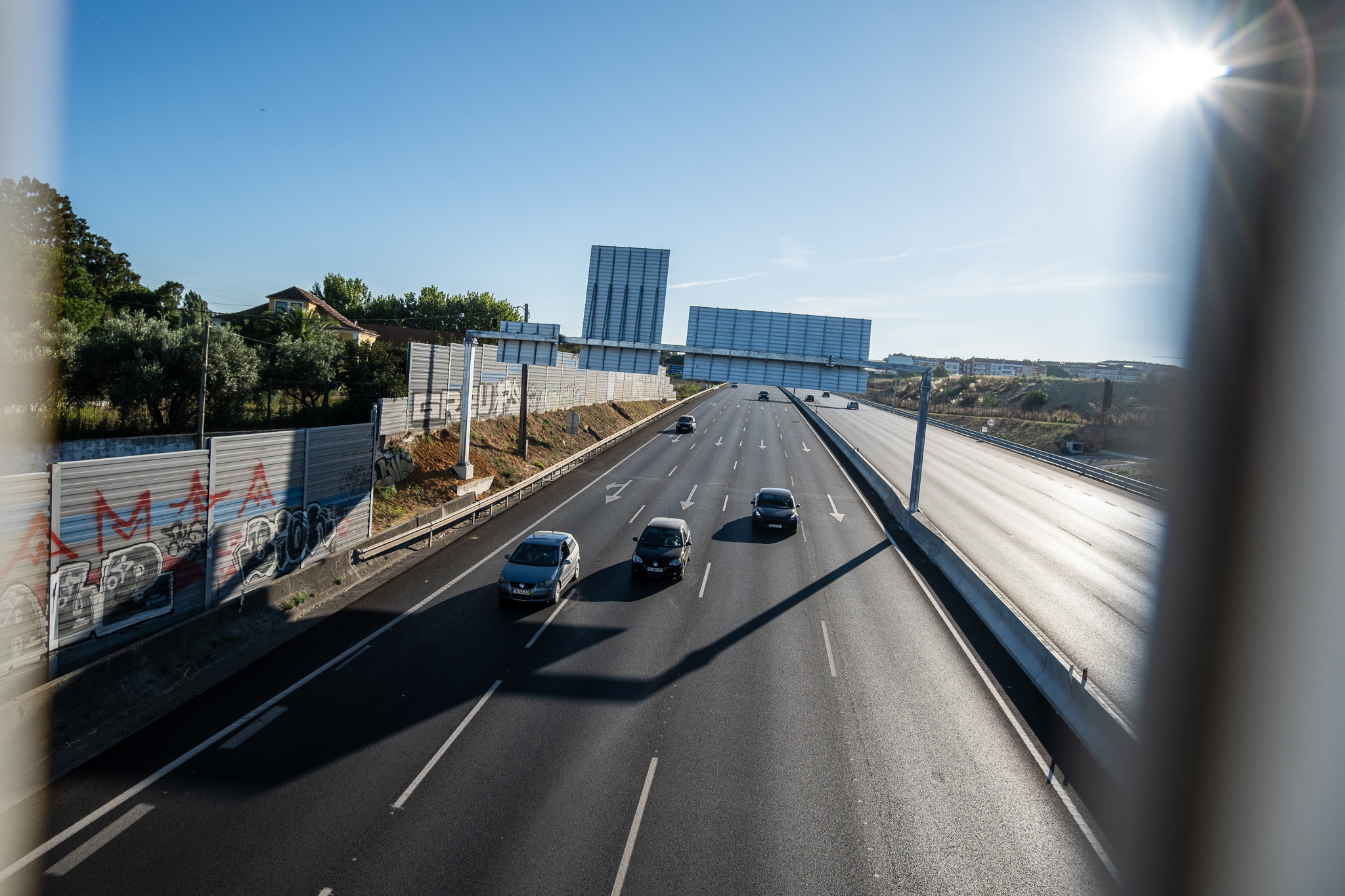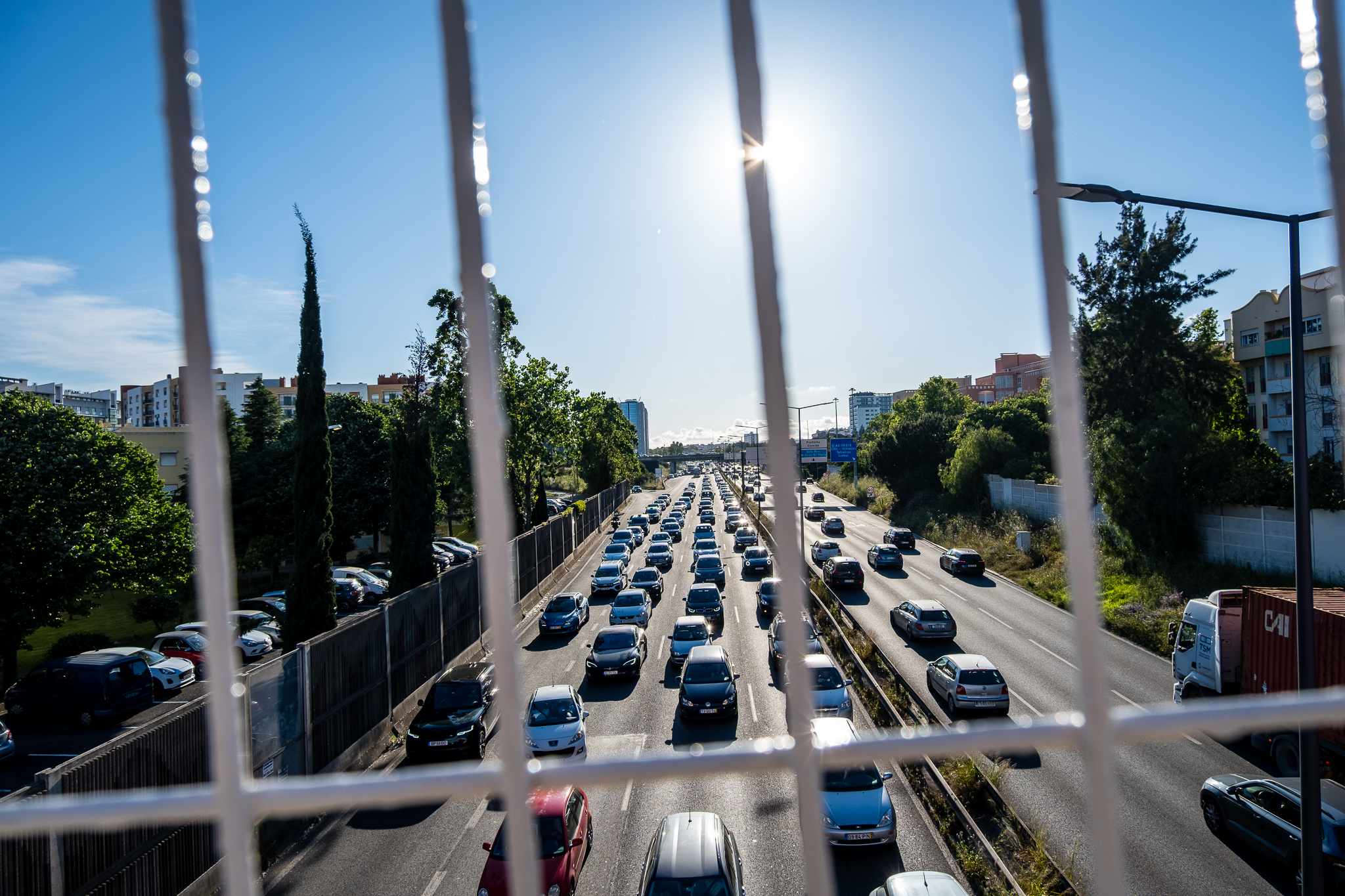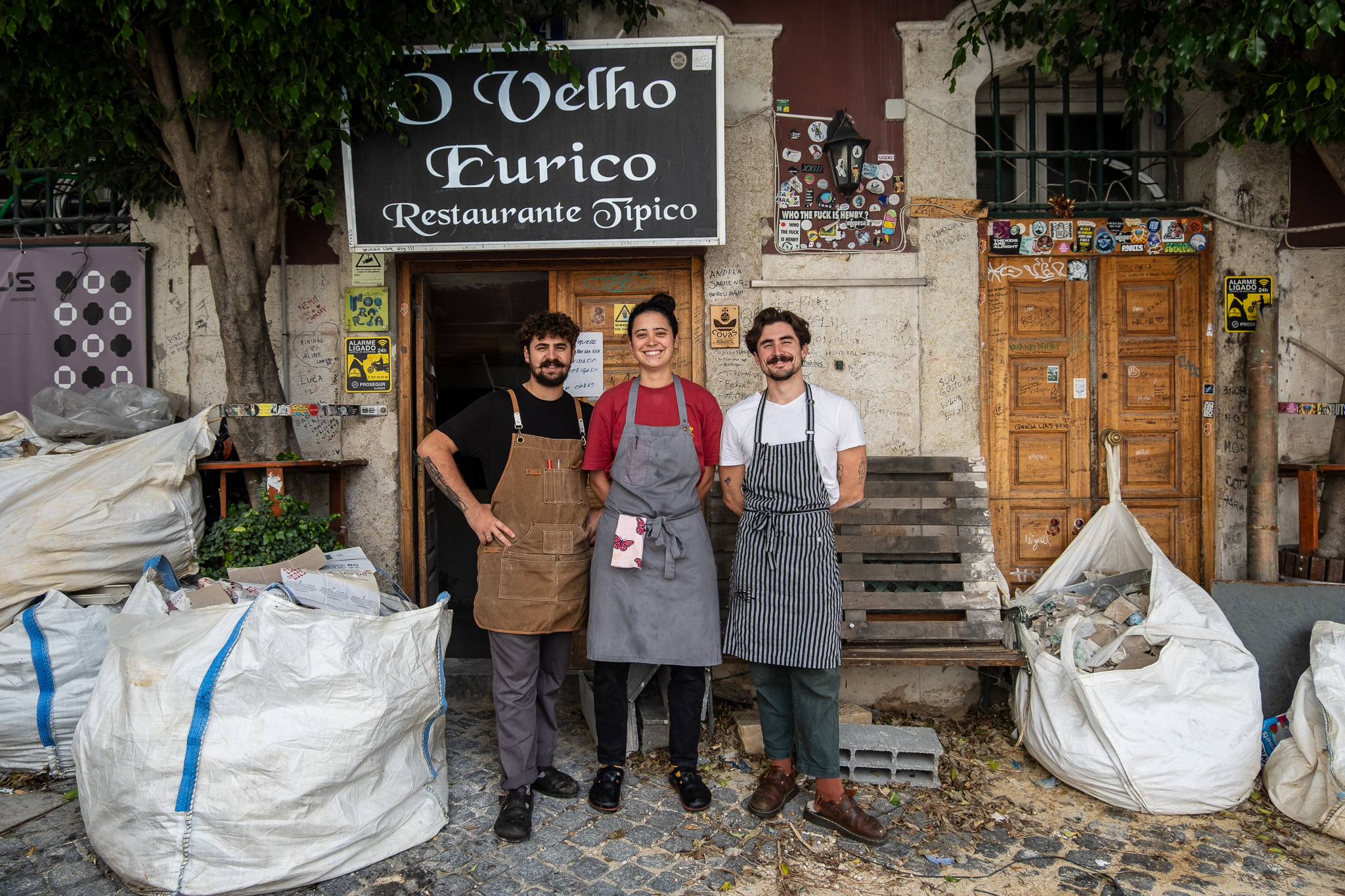Opinion.
In the last 10 years, despite the huge investment made by the country in cycle paths, the commitment of many municipalities to shared bicycle systems, the relevant work of active mobility activism and the fact that the issue is on the national and European political agenda, the result is clearly discouraging.
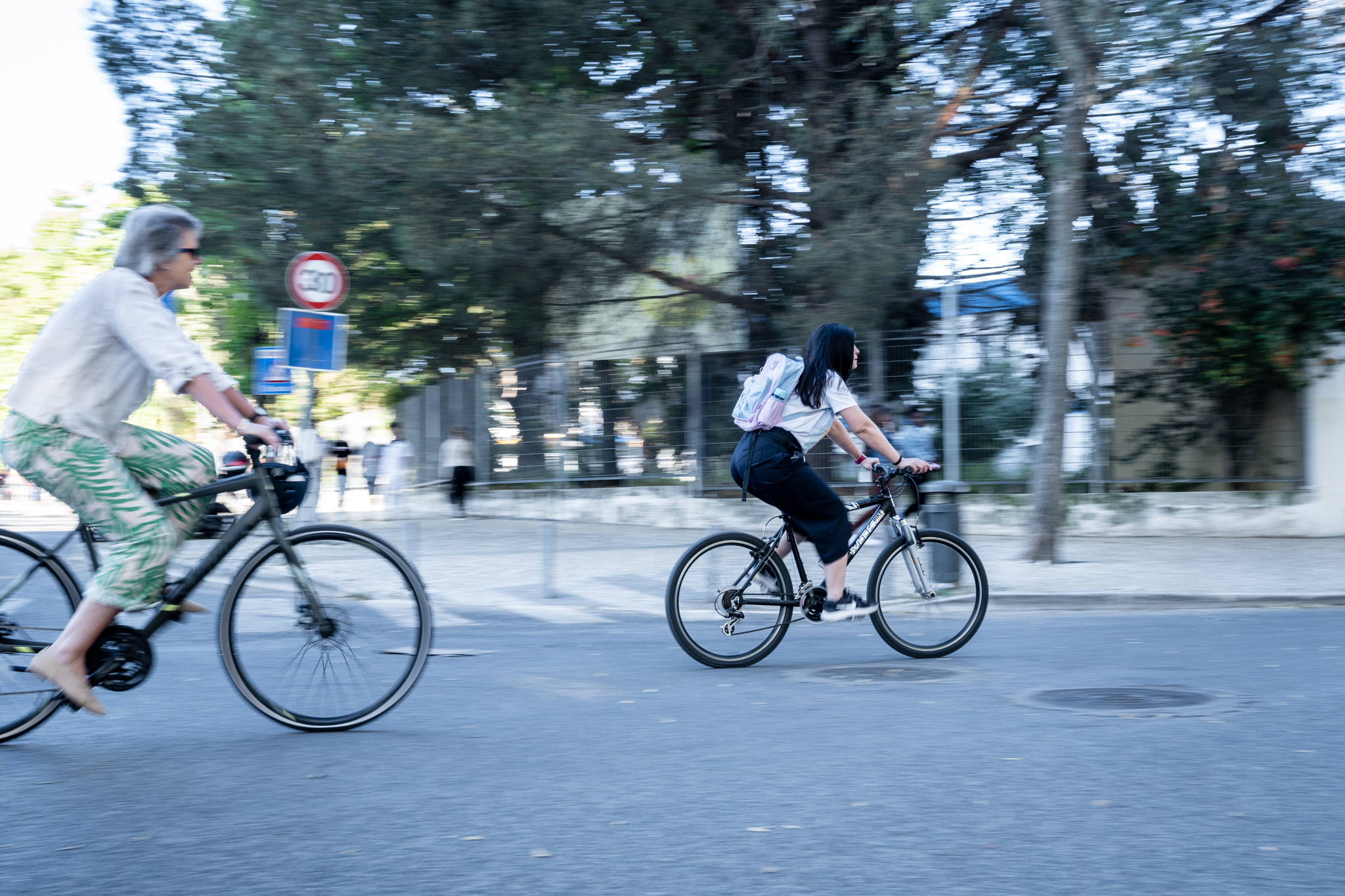
In the last 10 years, despite the huge investment made by the country in cycle paths, the commitment of many municipalities to shared bicycle systems, the relevant work of active mobility activism and the fact that the issue is on the national and European political agenda, the result is clearly discouraging. According to the 2021 Census, the number of regular bicycle users increased by 168 people in a decade, to a total of 31,347. The relative weight of all modes of transport increased very slightly from 0.53 to 0.58. A far cry from the 7.5% that the National Strategy for Active Cycling Mobility ambitions for 2030.
But the bad news doesn't stop there. Contrary to national and European guidelines for decarbonizing mobility, the weight of car use in daily travel increased from 61.6% to 66.0%. Walking fell from 16.4% to 15.7% and public transport fell from 20% to 16.2%. All the opposite of what would be desirable.
On International Congress on Sustainable School Mobilityorganized this weekend in Ílhavo by the Ílhavo Town Hall and by local company Nuno Zamaro MobilityIn addition, an attempt was made to discuss the reason for such a weak impact of so much work done.
Several reasons were given. The main reason is the quality of the infrastructure created. Many of the cycle paths that have been built don't offer users the necessary safety and comfort, due to discontinuity, poor design, e.g. not being segregated, or lack of connection to the most popular destinations, school or work. The second is related to the difficult coexistence between modes of transport and the lack of care for the most vulnerable users. Ignorance of the recent changes to the Highway Code doesn't help. The general social crisis often finds an outlet for its frustrations in the streets and in socializing. The third with the organization of urban life is not compatible with the use of active modes. The latter, with the lack of strategy or public funding to take concerted action on these various fronts.
So what can be done? Seven strong ideas emerged from the reflection:
- If change in urban mobility is to be consistent, it must be based on a new urban model to reorganize life and regular journeys from home to work, school, shopping and leisure. There is no magic, ready-made solution and not everyone is in a position to change in the short term. Dialogue on the subject could be the first step. Then try to find mediators to help with the transition, especially for those who are more willing or better placed to do so.
- A national policy for urban speed reduction (zones 30)In addition, the project has received financial support to experiment with cheap infrastructural solutions and, once evaluated, to replicate them on a larger scale.
- A national school streets policyin coordination with the municipalities, encouraging the progressive closure of access roads to schools to traffic, and creating new play and leisure areas in front of schools, improving safety and air quality.
- A program to raise awareness of compliance with the Highway Code and another for inspection, the proceeds of which (fines) went to support changes in infrastructure and culture.
- A financial incentive per kilometer driven or in kindthrough vacation days.
- Creating partnerships for change in urban mobility that brought together local authorities, bicycle activist movements, schools, security forces and universities.
- A social responsibility program to support urban bicycle activism, financed by the two-wheel sector (ABIMOTA) and the automobile sector.
Despite the difficulties, there are experiences that show it is possible to do things differently. During the two days of work at this Congress, some examples were pointed out. From the last one, which I had the opportunity to moderate, I noted the following. Cycle expresses in Lisbon have passed public policyin good coordination with civil society organizations, in particular the Bicycling. The school streets that bubble up all over Europe, and which Glenn Godin from MOBIEL21 promoted in Belgium, are already being tried out in Portugal. A Cyclamen made the Safe Routes to School, and various actions to play in the street go in the same direction, namely those in Cascais (The Street is Ours).
The security forces (PSP and GNR) have shown a growing interest, particularly in bicycle patrols. And the training given in schools by the Portuguese Cycling Federation (Cycling to School) and other organizations (such as POP) illustrate an openness on the part of the Ministry of Education and school groups. The activism of MUBI, from Braga Ciclável, from Cyclamen, of the Patrolmen and so many local organizations It's outreach work of immense value. The government, through Environmental Fund has supported a number of projects and helped shape more robust responses. Universities, some involved in U-BikeIn addition, others with national and international research have significant capital and knowledge. A ABIMOTA representing Europe's leading sector has promoted its members well, giving visibility to what is done well here in foreign markets.

